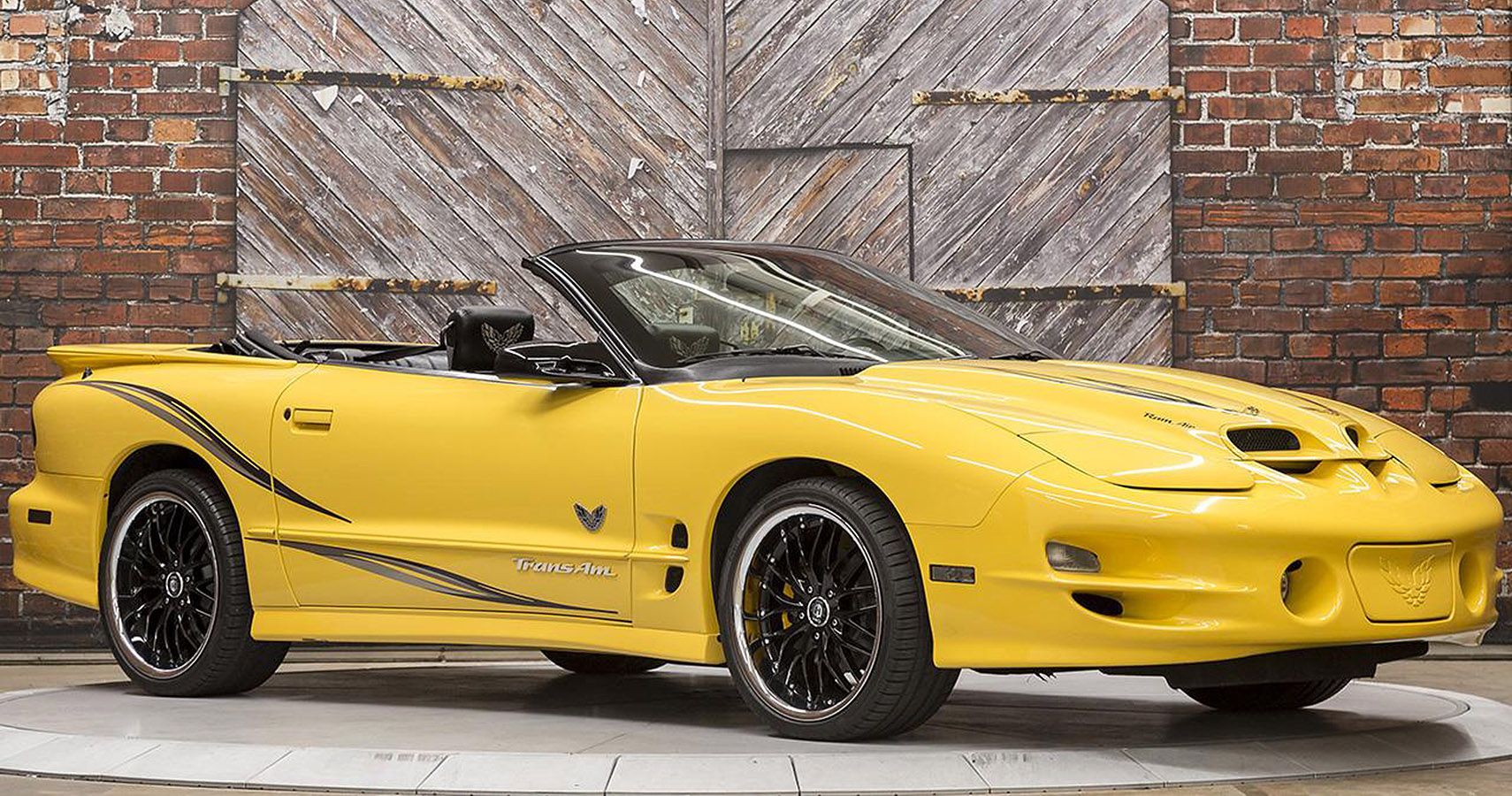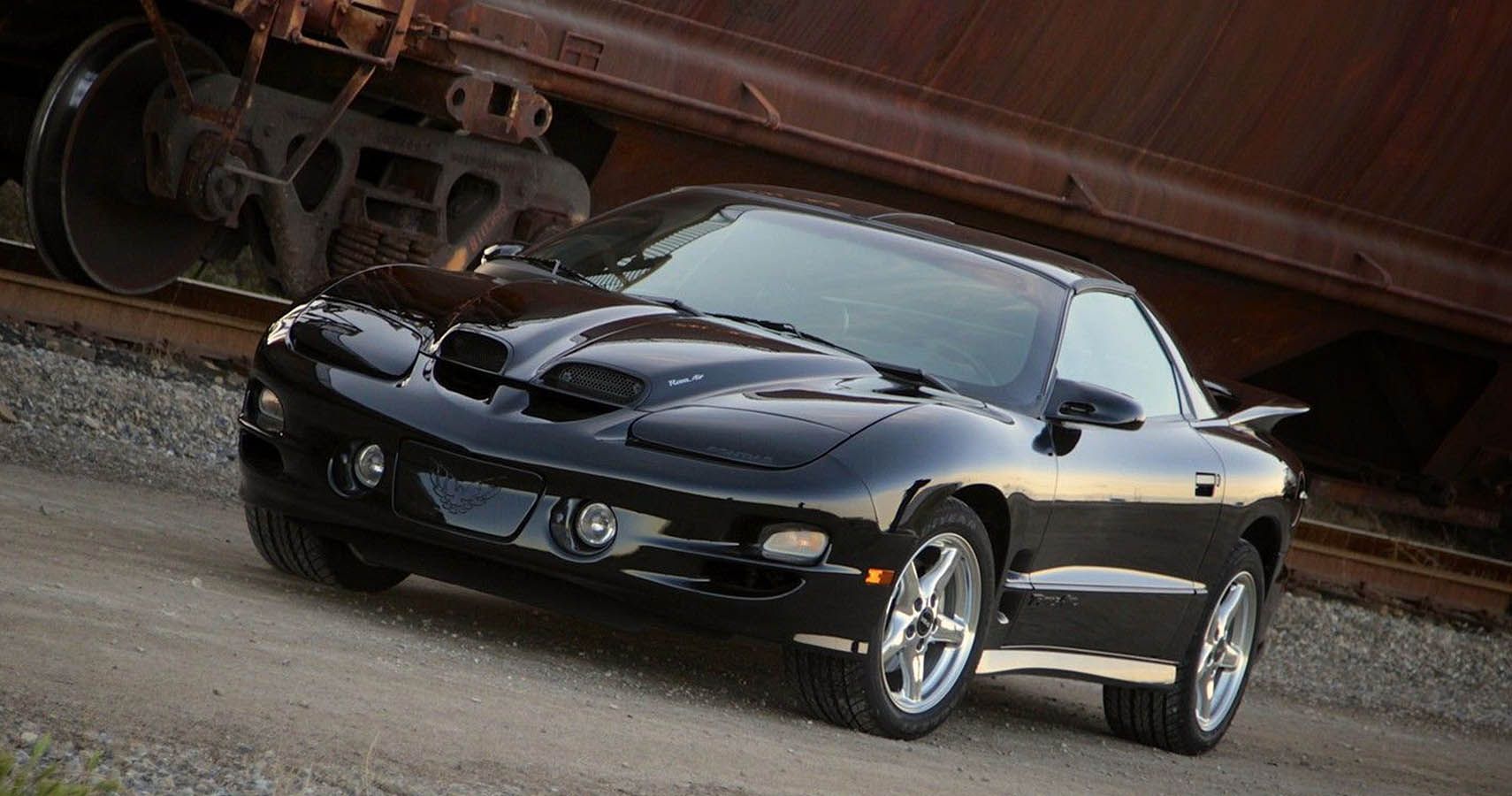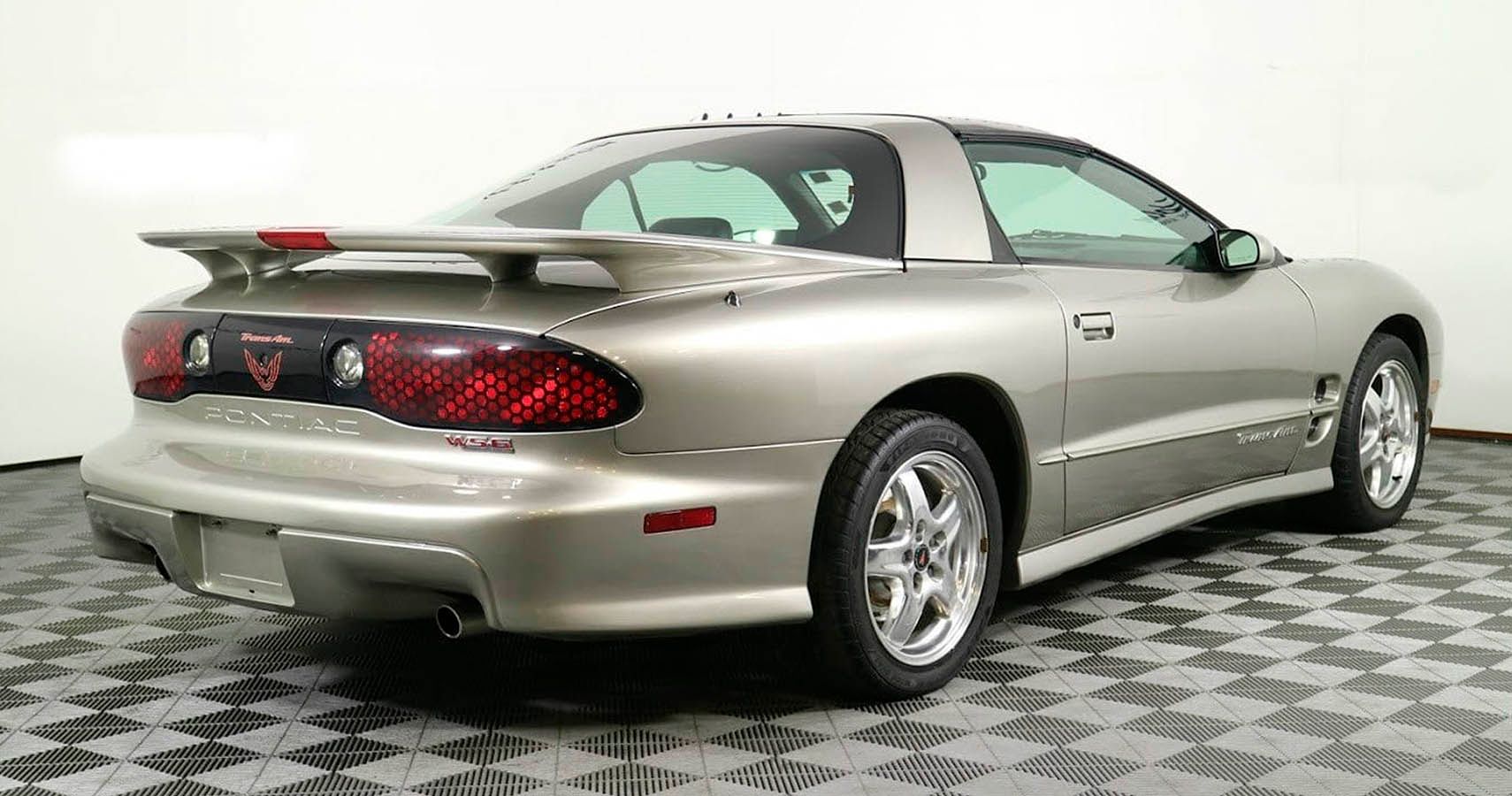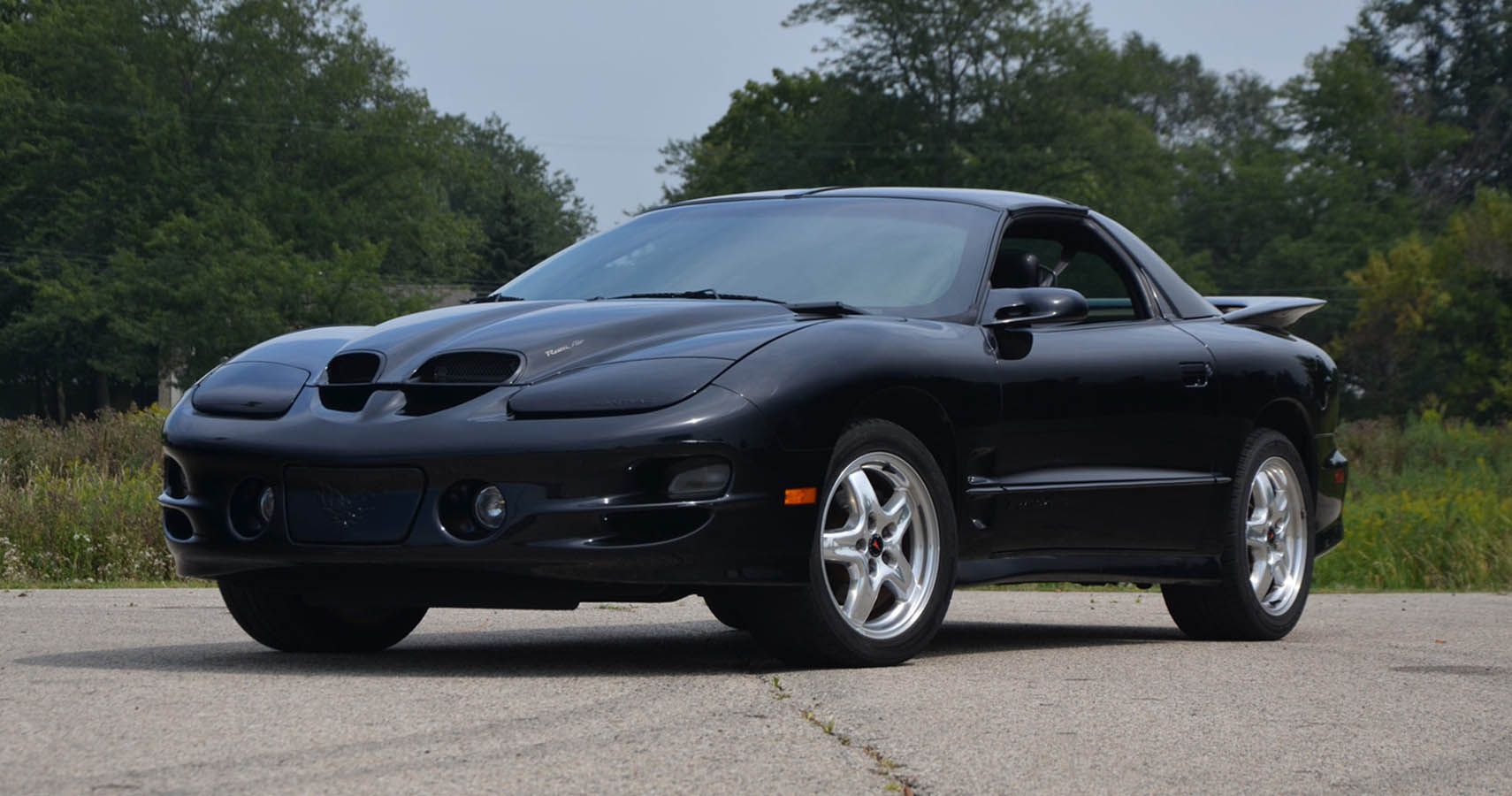The Pontiac Firebird Trans Am may have been quick on the uptake on screen as the car in the movie Smokey and the Bandit and also as KITT in the TV series Knight Rider, but in reality, it usually played second fiddle to its GM sibling, the Chevrolet Camaro. Somehow, whenever you talked muscle from GM, the Camaro came into mind far faster and with greater recall than the Firebird Trans Am ever did.
Introduced in 1969, the Trans Am lasted till 2002 before finally bowing out, and soon after, the Pontiac brand in itself was laid to rest.
But before the Firebird Trans Am bowed out, it gave a final kick, with the WS6 performance package, which at introduction itself made sales explode on an outward and upward trajectory. Not every WS6 was the best and various generation and engine changes made it both mediocre and good in its own way.
So let’s get into what the Pontiac Firebird Trans Am WS6 actually was, what it entailed back then, and find out if it's valued as a classic today.
The Introduction Of The WS6 Package
The Firebird was introduced in 1967 and it wasn’t until 1969 when the Trans Am entered as a more flamboyant version of the car that things began to lookup in the sales department. But it was only way later in 1978 that Trans Am introduced the WS6 Special Performance package, after the car’s big-screen appearance in Smokey and the Bandit.
At the time, the package cost $324 and carried wider wheels, larger tires, and a thicker rear sway bar. Later in 1979, as sales climbed all the way to 117,000; the WS6 package was upgraded with four-wheel disc brakes and now cost $434. The package was now also offered on the Firebird Formula cars.
Along with the evolution of the Firebird Trans Am, the WS6 package also continued to evolve, and by 1987 it became a standard on any Firebird Formula or Trans Am GTA model. But by 1992, when the Firebird entered its fourth-generation, it had been taken off the market, mostly because it wasn’t making any major difference to the sales.
The Most Powerful WS6 Versions
In 1996, Pontiac Firebird Trans Am had a new competitor in town and this was the all-powerful SVT Mustang from Ford. So the WS6 was reintroduced and burst into the scene with a ram air hood that bore two nostrils for more effect, if not power.
From 1992 to 1997, all Firebird Trans Ams came powered by a 5.7-liter V8 that by 1996 was rated at 285 horses and 325 ft-lb of torque. On the same engine, the ram air induction system of the WS6 package churned up 305 horses and 335 ft-lb torque.
By 1998, the WS6 numbers now belonged to the normal engine and the WS6 version was up to making 320 horses and 345 ft-lb of torque. By 2001, there was another bump by five to both the horsepower and torque figures.
Back in the day, these WS6 Pontiacs were fast considering they weighed a little under 3,500 pounds. Today, not so much, anything and everything can leave them biting the dust. Of course, the later versions were faster than the earlier years because of better technology.
Rare And Rising Prices
Frankly, by the time the ‘90s came around, there was no saving the Firebird Trans Am and there was no help coming for Pontiac either. Production numbers were not very high, and when it came to WS6, they were even more limited.
For example, in 1996 when Pontiac brought back the WS6, they sold 31,000 Firebirds with only 2,500 of them being WS6 equipped. This carried on seesawing up and down a little bit till 2000 when impending rumors of the Firebird shutting down made a sale of 8,000 WS6. By 2001 the numbers dropped marginally to 7,000 but in 2002, the last year of the Firebird, the numbers topped out at 15,000.
In case you want to grab one of these, always check the SPID sticker on the driver’s door jamb with WS6 on it, else it could just be a clone or even a replica. That said; these cars do not really age all that well plastic-wise if the interiors have been exposed to the sun for a long time. The toughest thing about the Trans Am WS6s was the powertrain that easily went 100,000 miles or more.
The good thing is that finding a replacement or even aftermarket parts for Trans Am is easy, and a ‘90’s WS6 model usually costs about $10,000 to $15,000. The latter models, 1999 onwards are priced a little higher than that but it may be a good time to grab one of these because prices seem to be on the rise. But then again, you have to be a fan to truly appreciate the highs and the lows of a classic car like the Pontiac Firebird Trans Am WS6.
Sources: Hagerty, AutomobileMagazine




